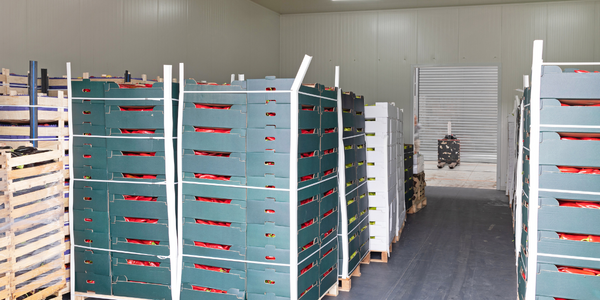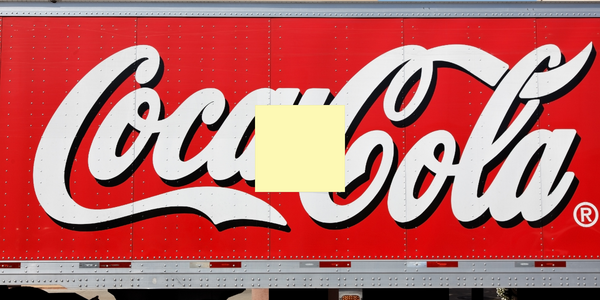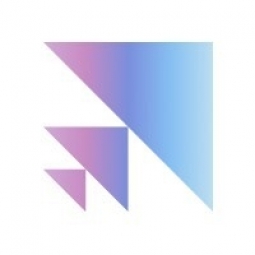技术
- 分析与建模 - 计算机视觉软件
- 功能应用 - 库存管理系统
适用行业
- 食品与饮料
适用功能
- 仓库和库存管理
用例
- 计算机视觉
- 物体检测
关于客户
CellarEye, Inc. 是一家致力于彻底改变私人和专业葡萄酒收藏管理体验的公司。他们的目标是通过提供对葡萄酒更好、更广泛的了解,让更多人更容易接触到葡萄酒。为了实现这一目标,他们利用最先进的计算机视觉 (CV) 和人工智能 (AI) 技术来提供无缝管理系统。该系统自动跟踪酒窖中的每个酒瓶,将品牌和位置存储到库存工具中,无需手动输入。该公司致力于克服复杂的酒窖环境以及管理数千瓶酒所带来的众多边缘情况所带来的挑战。
挑战
CellarEye, Inc. 是一家致力于利用最先进的计算机视觉 (CV) 和人工智能 (AI) 技术彻底改变私人和专业葡萄酒收藏管理的公司。他们的目标是提供一个无缝管理系统,自动跟踪酒窖中的每个酒瓶,将品牌和位置存储到库存工具中,无需手动输入。然而,CellarEye 团队在实现其愿景方面面临着重大挑战。他们需要开发一个可靠的对象检测模型,以识别和跟踪酒瓶在库存中的登记和移除情况。拥有数千瓶酒的酒窖环境呈现出一个复杂的场景,有许多边缘情况。该公司最初因注释错误或不一致而苦苦挣扎,这使得实现超过 80% 的准确率成为一项挑战。他们需要一种更好的方法来检测数据问题,了解模型故障,并使机器学习 (ML) 团队能够与注释团队协作,更快地发现标签错误。
解决方案
为了克服挑战,CellarEye 团队转向了 Scale Nucleus。该工具使他们能够识别模型在哪些地方表现不佳以及标签可能在哪些地方不正确。借助 Nucleus,CellarEye 的团队可以查询自定义元数据上的标记和未标记数据,可视化模型预测以及真实注释,并按交集比并集 (IoU) 等错误指标对结果进行排序。他们还可以查看高置信度的误报预测,并使用 Nucleus 的内置注释编辑器修复和导出更正的标签。该解决方案提供了一种更高效、更准确的方法来管理跟踪和管理酒窖中酒瓶的复杂任务。通过将 Scale Nucleus 集成到他们的系统中,CellarEye 能够显着提高其对象检测模型的准确性和可靠性,从而增强其地窖管理解决方案。

Case Study missing?
Start adding your own!
Register with your work email and create a new case study profile for your business.
相关案例.

Case Study
The Kellogg Company
Kellogg keeps a close eye on its trade spend, analyzing large volumes of data and running complex simulations to predict which promotional activities will be the most effective. Kellogg needed to decrease the trade spend but its traditional relational database on premises could not keep up with the pace of demand.

Case Study
HEINEKEN Uses the Cloud to Reach 10.5 Million Consumers
For 2012 campaign, the Bond promotion, it planned to launch the campaign at the same time everywhere on the planet. That created unprecedented challenges for HEINEKEN—nowhere more so than in its technology operation. The primary digital content for the campaign was a 100-megabyte movie that had to play flawlessly for millions of viewers worldwide. After all, Bond never fails. No one was going to tolerate a technology failure that might bruise his brand.Previously, HEINEKEN had supported digital media at its outsourced datacenter. But that datacenter lacked the computing resources HEINEKEN needed, and building them—especially to support peak traffic that would total millions of simultaneous hits—would have been both time-consuming and expensive. Nor would it have provided the geographic reach that HEINEKEN needed to minimize latency worldwide.

Case Study
Energy Management System at Sugar Industry
The company wanted to use the information from the system to claim under the renewable energy certificate scheme. The benefit to the company under the renewable energy certificates is Rs 75 million a year. To enable the above, an end-to-end solution for load monitoring, consumption monitoring, online data monitoring, automatic meter data acquisition which can be exported to SAP and other applications is required.

Case Study
Coca Cola Swaziland Conco Case Study
Coco Cola Swaziland, South Africa would like to find a solution that would enable the following results: - Reduce energy consumption by 20% in one year. - Formulate a series of strategic initiatives that would enlist the commitment of corporate management and create employee awareness while helping meet departmental targets and investing in tools that assist with energy management. - Formulate a series of tactical initiatives that would optimize energy usage on the shop floor. These would include charging forklifts and running cold rooms only during off-peak periods, running the dust extractors only during working hours and basing lights and air-conditioning on someone’s presence. - Increase visibility into the factory and other processes. - Enable limited, non-intrusive control functions for certain processes.

Case Study
Temperature Monitoring for Restaurant Food Storage
When it came to implementing a solution, Mr. Nesbitt had an idea of what functionality that he wanted. Although not mandated by Health Canada, Mr. Nesbitt wanted to ensure quality control issues met the highest possible standards as part of his commitment to top-of-class food services. This wish list included an easy-to use temperature-monitoring system that could provide a visible display of the temperatures of all of his refrigerators and freezers, including historical information so that he could review the performance of his equipment. It also had to provide alert notification (but email alerts and SMS text message alerts) to alert key staff in the event that a cooling system was exceeding pre-set warning limits.

Case Study
Coca-Cola Refreshments, U.S.
Coca-Cola Refreshments owns and manages Coca-Cola branded refrigerators in retail establishments. Legacy systems were used to locate equipment information by logging onto multiple servers which took up to 8 hours to update information on 30-40 units. The company had no overall visibility into equipment status or maintenance history.






